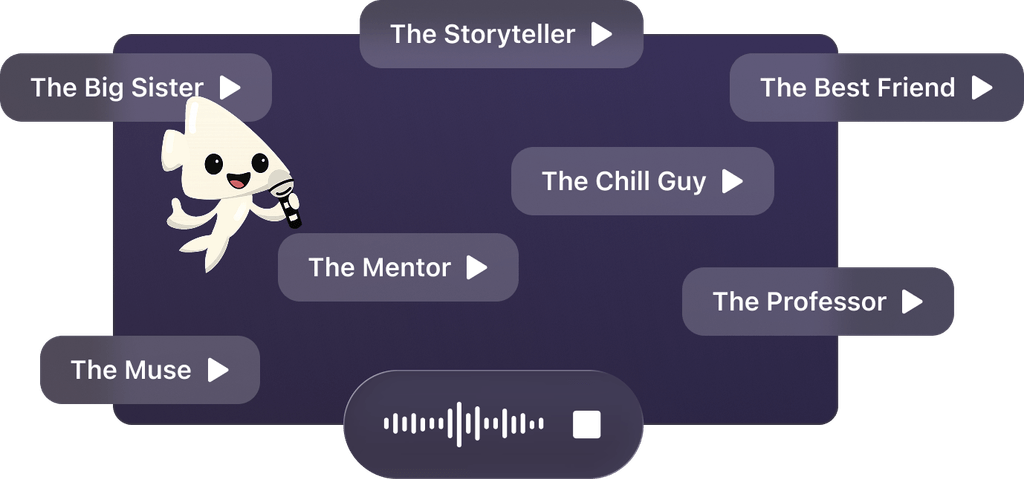
The 5 Second Rule by Mel Robbins Summary
Transform your hesitation into action with Mel Robbins' 5-Second Rule - a global phenomenon translated into 33 languages. What if counting down from 5 could rewire your brain? Even skeptical psychologists like Dr. Tess Crawley swear by this deceptively simple hack for beating procrastination forever.
About the author
Melanie Lee Robbins, bestselling author of The 5 Second Rule: Transform Your Life, Work, and Confidence with Everyday Courage, is a renowned motivational speaker and habit-change expert. A Dartmouth College graduate and former criminal defense attorney, Robbins transitioned from practicing law to becoming a CNN legal analyst before pioneering her signature "5 Second Rule" framework.
This framework skyrocketed to global fame through her viral TEDx Talk (33+ million views). Her work in the self-help genre focuses on actionable strategies for overcoming self-doubt, building courage, and creating lasting behavioral change—themes rooted in her own journey of personal reinvention.
Robbins hosts the award-winning Mel Robbins Podcast (2025 iHeartRadio Podcast Awards’ Best Overall Host) and has authored multiple #1 Audible bestsellers, including The High 5 Habit. Her media presence spans syndicated television shows, a 20-million monthly social media following, and corporate training programs for Fortune 500 companies. The 5 Second Rule has been translated into 41 languages and became Amazon’s sixth-highest-selling book of 2017, cementing Robbins’ status as a leading voice in evidence-based personal development.
FAQs About This Book
The 5 Second Rule introduces a simple decision-making tool: act on instincts within five seconds to override hesitation. Mel Robbins combines neuroscience and personal stories to explain how counting down from 5 interrupts self-doubt, activates the prefrontal cortex, and empowers action in careers, relationships, and health.
This book suits anyone battling procrastination, anxiety, or self-sabotage. Entrepreneurs, professionals, and individuals seeking practical strategies to boost confidence, productivity, or mindset shifts will find actionable techniques.
When you feel an instinct to act, count "5-4-3-2-1" and move physically. This interrupts the brain’s default hesitation mode, redirects focus to action, and leverages the prefrontal cortex to make intentional choices.
Robbins explains that the countdown forces the prefrontal cortex (responsible for decision-making) to engage, overriding the basal ganglia’s habit-driven responses. This creates a “window of courage” to act before fear or overthinking dominates.
Yes. The rule short-circuits overthinking by redirecting focus to physical action. Users report reduced anxiety in social interactions, public speaking, and health routines by breaking paralysis-by-analysis cycles.
- “Hesitation is the kiss of death.”
- “You are one decision away from a completely different life.”
These emphasize decisive action and the cumulative impact of small, courageous choices.
While Atomic Habits focuses on long-term systems, Robbins’ rule offers immediate behavioral interrupts. Both address habit change, but the 5-second technique prioritizes quick action over gradual progression.
Some argue the technique oversimplifies complex psychological barriers. However, Robbins counters that its simplicity makes it accessible, and real-world success stories demonstrate its effectiveness across diverse challenges.
Use the countdown to send emails, pitch ideas, or network. It helps overcome impostor syndrome and procrastination, turning intentions like updating LinkedIn or asking for a raise into actions.
Testimonials include overcoming addiction, launching businesses, improving marriages, and exercising consistently. Robbins shares global examples of readers transforming health, finances, and confidence through micro-actions.
Yes. Free PDF and EPUB summaries are available for offline reading, along with infographics and audio summaries. Robbins’ podcast and TEDx talk offer supplemental insights.
As decision fatigue and digital distractions increase, the rule’s immediacy cuts through overwhelm. Its adaptability to AI-driven workplaces, remote collaboration, and mental health trends sustains its appeal.
Quick Summary Mode - Read or listen to The 5 Second Rule Summary in 8 Minutes
Break down key ideas from The 5 Second Rule into bite-sized takeaways to understand how innovative teams create, collaborate, and grow.
Flash Card Mode - Top 10 Insights from The 5 Second Rule in a Nutshell
Distill The 5 Second Rule into rapid-fire memory cues that highlight Pixar’s principles of candor, teamwork, and creative resilience.

Fun Mode - The 5 Second Rule Lessons Told Through 22-Min Stories
Experience The 5 Second Rule through vivid storytelling that turns Pixar’s innovation lessons into moments you’ll remember and apply.
Personalize Mode - Read or listen to The 5 Second Rule Summary in 0 Minutes
Ask anything, pick the voice, and co-create insights that truly resonate with you.

From Columbia University alumni built in San Francisco
See More Stories?

Get the The 5 Second Rule summary as a free PDF or EPUB. Print it or read offline anytime.


















